2025 Porsche 911 Sneak Preview: 992.2 dawns with T-Hybrid, crazy aero for GTS

WEISSACH, Germany – You hear that? It’s the sound of eyes rolling, fingers typing and pitchforks gathering. The 2025 Porsche 911 is going to offer, gasp, hybrid power. First it was ditching air cooling, then it was selling an SUV, then it was turbocharging 911s not named Turbo, then it was naming things Turbo that didn’t have a turbocharger, and now this. The 911 is going the way of a Prius. Time to cancel that subscription to Christophorus.
OK, pump the floor-mounted brakes. The new 992.2 Porsche 911 will indeed be available as a hybrid for the first time, but the new T-Hybrid powertrain won’t be found in every version. For now, we have details about two of those versions. The base Carrera gets a revised 3.0-liter flat-six featuring turbochargers from the old GTS, the intercooler from the Turbo and no hybrid system. It’s still exclusively paired to the PDK automatic. It now produces 388 horsepower and 331 pound-feet of torque, and will hit 100 kph (62 mph) in 3.9 seconds with the Sport Chrono package’s launch control. That’s up from 379 hp, but torque is the same, and although U.S. 0-60 numbers are still to come, it’s hard to imagine they’ll best the old Carrera’s time of 3.8 seconds by more than a tenth.
The other 992.2 that Porsche has chosen to reveal first is the new 911 Carrera GTS (pictured below), which has typically been launched later in the 911’s model release cadence (usually after the Turbo but before the T and various GT cars). According to 911 marketing manager Patrick Gebhardt, customers who eventually have a choice of the GTS or Carrera S typically go with the GTS, so “we are changing the order” and offering it right away.
“Also, when you look at the hybrid characteristics, it is a perfect fit for the GTS.”
Wait a minute, the 911 model that has long been considered the connoisseurs’ choice, the one that layers on a chef’s selection of performance add-ons to a slightly pumped-up Carrera S, is the one becoming a hybrid?
Yes, because the T-Hybrid powertrain is a totally different type of hybrid. For starters, it’s incapable of moving for any period of time using electricity alone, unlike a Prius or Porsche’s plug-in hybrids. The first of its electric motors fits like a puzzle piece within the fat end of a new, strengthened PDK (officially dubbed “Achtgang-Doppelkupplungsgetriebe integriete, permanenterregte Synchronmaschine”), and is unlike any other motor in an electrified Porsche. And no, it won’t fit into the casing of the 911’s seven-speed manual, so that’s no longer available for the GTS … but it’s not dead yet.
“We’re definitely keeping the door open to the manual in other versions. We are aware that there is customer demand for it,” Gebhardt said, indicating it would be likely for the “most enthusiast-oriented versions.” Carrera T seems to be the likeliest candidate, then, plus the GT3.
Anyway, back to that motor. It can generate 41 kilowatts (55 hp) and up to 110 lb-ft, and gets its energy from a 1.9-kilowatt-hour battery that’s roughly the size of a lengthened 12-volt battery (the car’s actual 12-volt battery is now lithium-ion to save weight). It is housed up front in the empty space normally reserved for the optional extended-range gas tank, so you can’t get that, but frunk space does not suffer.
The motor combines with an all-new flat-six that grows by 0.6 liters of displacement to 3.6 liters thanks to a 97-millimeter increase in bore and 81-mm enlargement of stroke. Also, thanks to the T-Hybrid’s high-voltage system, the air conditioning can be powered electrically, eliminating the need for a belt drive and therefore making the new engine more compact. This in turn freed up room above the engine for the pulse inverter and DC-DC converter.
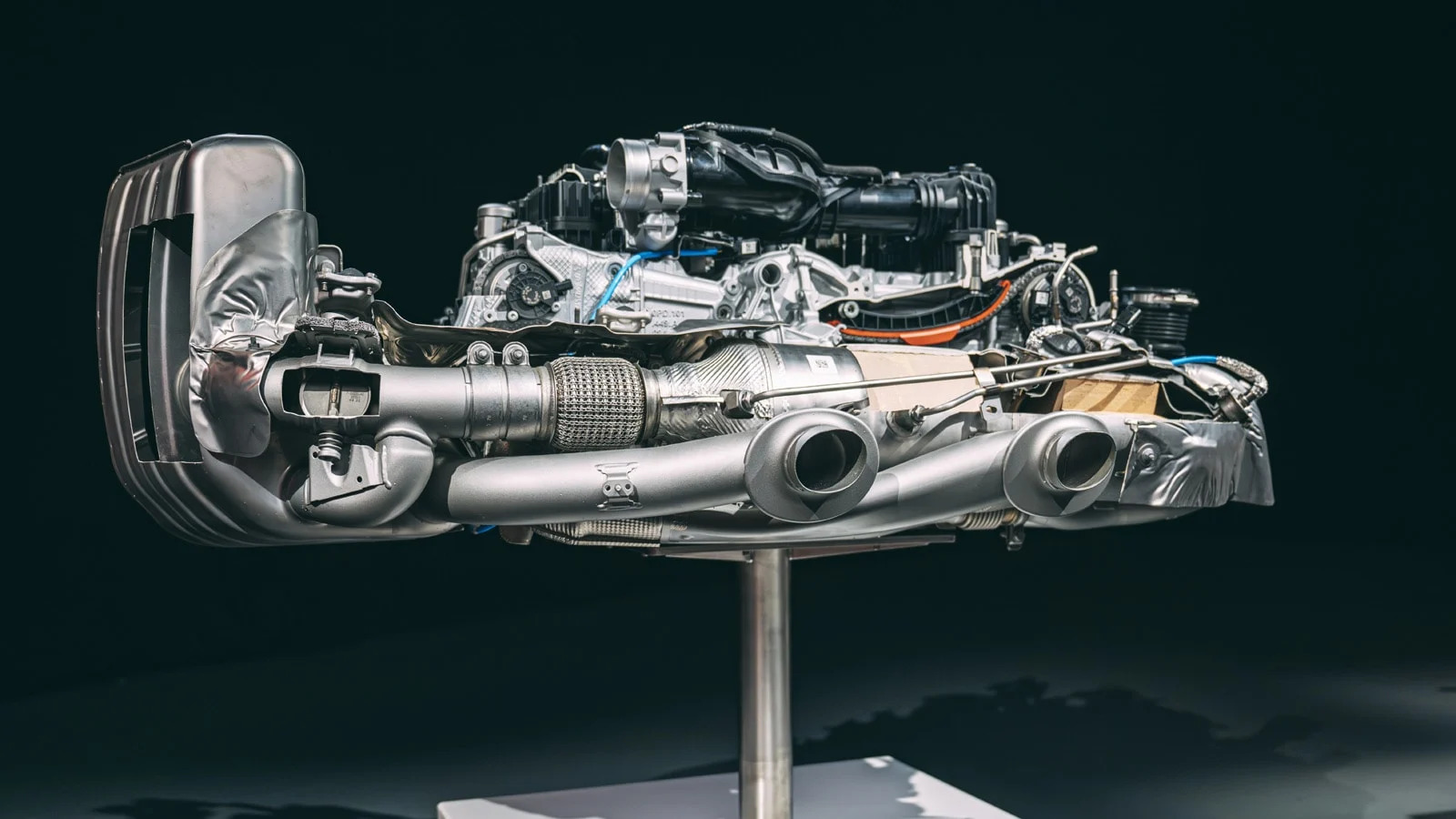
Left: Red arrow indicates where the electric motor is within the new PDK transmission. Right: The new, more compact 3.6-liter boxer engine, including the GTS Sport Exhaust
One other thing: it loses one turbo. The remaining one is enormous, though, and while that usually means Saabian turbo lag, there’s another electric motor on hand to prevent that. This would be where we discover what the “T” in “T-Hybrid” means. Dubbed the “eMachine,” it is a tiny electric motor placed between the turbo’s compressor wheel and turbine wheel (pictured below right), which more immediately gets the turbocharger up to speed to build boost without waiting for exhaust gases to do the job. Another way to put that is “it gets rid of turbo lag.”
Specifically, the electric turbo achieves 1.8 bar of max pressure in 1.8 seconds, versus 3.5 seconds before. That’s as big of an improvement as it seems. The eMachine also eliminates the need for a wastegate (no “wheeeeesh” here, I’m afraid), allows for a greater differentiation between Normal and Sport Plus drive modes (the charge pressure differs, thereby delivering torque sooner), and acts as a generator, using the exhaust gas to pump as much as 11 kW back into the battery.
In total, the new GTS T-Hybrid powertrain produces 532 hp and 449 lb-ft of torque. That’s 59 hp and 29 lb-ft more than the outgoing GTS, while the 0-60-mph sprint is 0.3 seconds faster at 2.9 seconds. Porsche says the new GTS in particular bests its predecessor when starting off from a stop, but it also managed to pick up a cool 8.7 seconds when lapping the Nürburgring Nordschleife.
Fuel economy estimates were not available, but Porsche says fuel consumption remains the same. “But hybrid!” one might wail, but remember, this is also a bigger-displacement and more powerful engine.
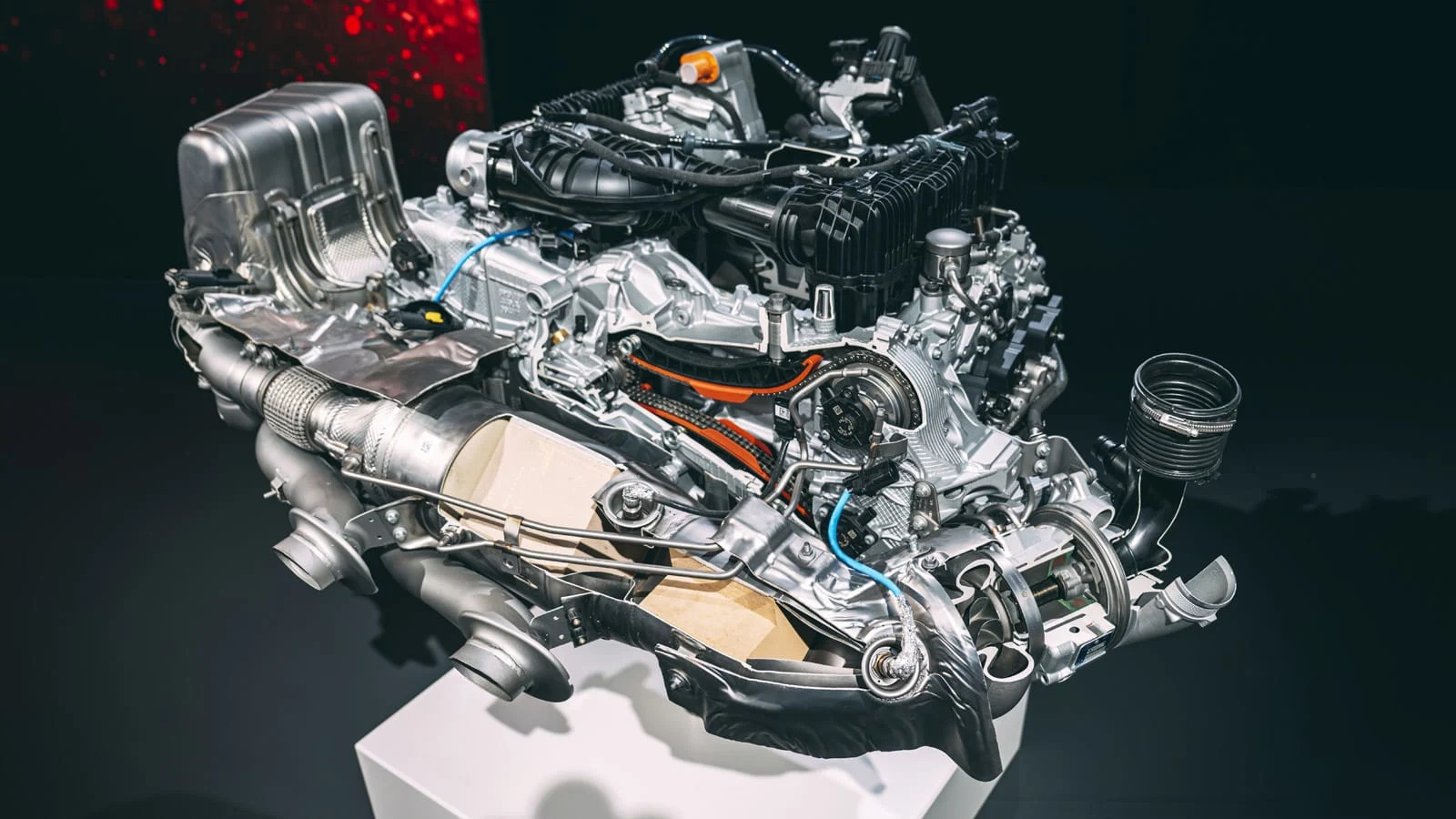
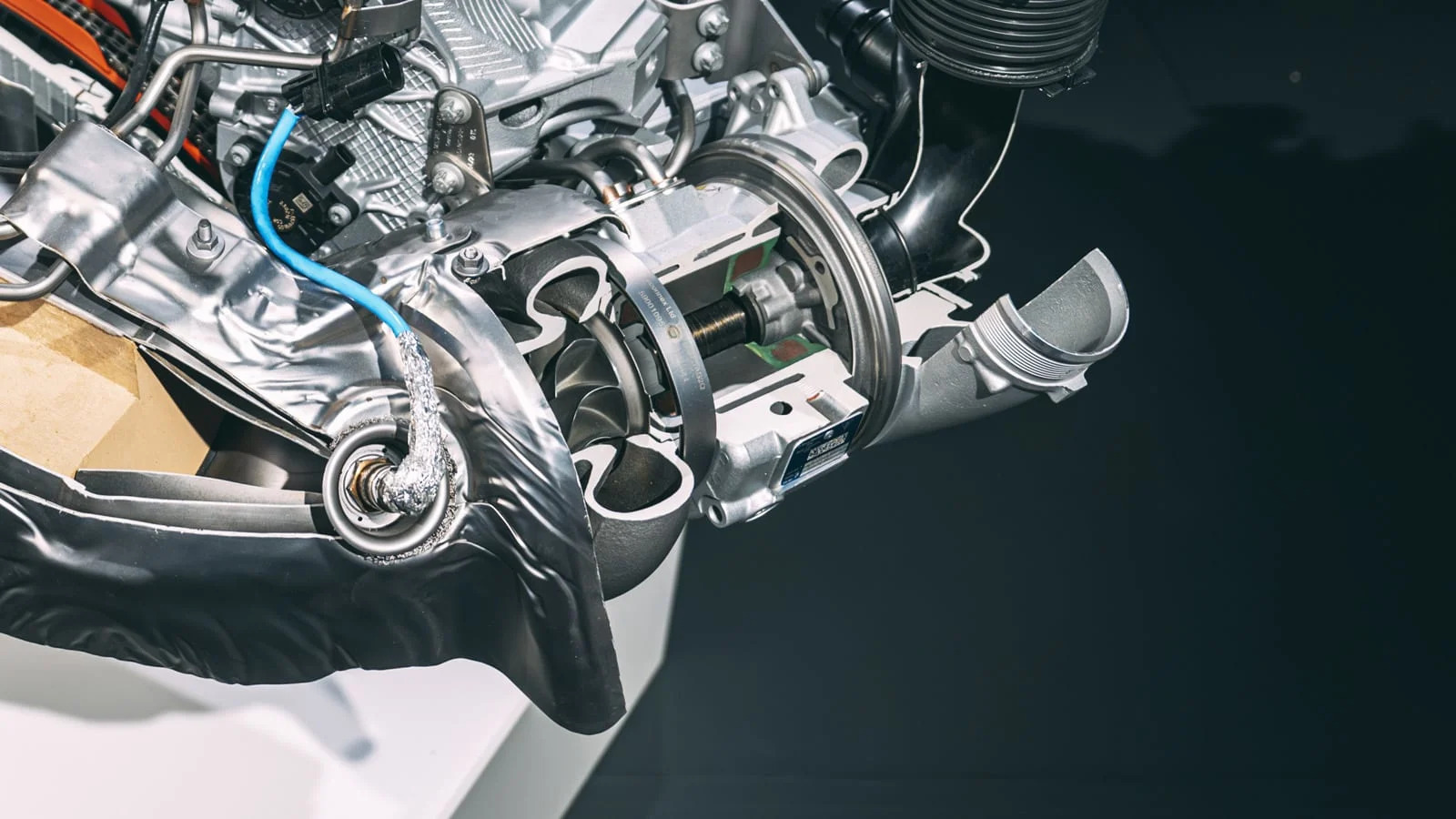
The new 3.6-liter engine with the “eMachine” electric turbo below right, and then in detail.
Also remember that a primary goal of the T-Hybrid was to eliminate turbo lag and therefore throttle lag once and for all. And according to Porsche test development driver (and very successful racer), Jörg Bermeister, that goal was achieved. The electric turbo indeed makes for immediate reactions to throttle manipulations while cornering. At least that’s what I vaguely recall him calmly remarking as we did a blazingly fast hot lap around Porsche’s Weissach test track, a narrow ribbon of twists, turns, elevation changes and virtually no runoff – just big, scary walls. And actually “hot lap” is insufficient. Blistering, scorching, “are you f-ing kidding” laps. The man can drive.
“Do you have any questions?” he asked as he eased off to give the brakes a break.
“Erm … no?” I manage to mumble as my brain reacclimated after journeying about my skull.
Upon reflection, though, my main takeaway from riding shotgun in the 2025 911 GTS is that there was absolutely nothing that said “hybrid” about the experience. No electric-only moments, no electric-to-engine switchovers, no haunted house noises. Although I didn’t drive the car (Road Test Editor Zac Palmer gets that honor in late June), I’d be surprised if you’ll be able to detect there are motors at all. Brake feel may be the one element to look for as the T-Hybrid does have regenerative braking. There’s also technically more weight up front.
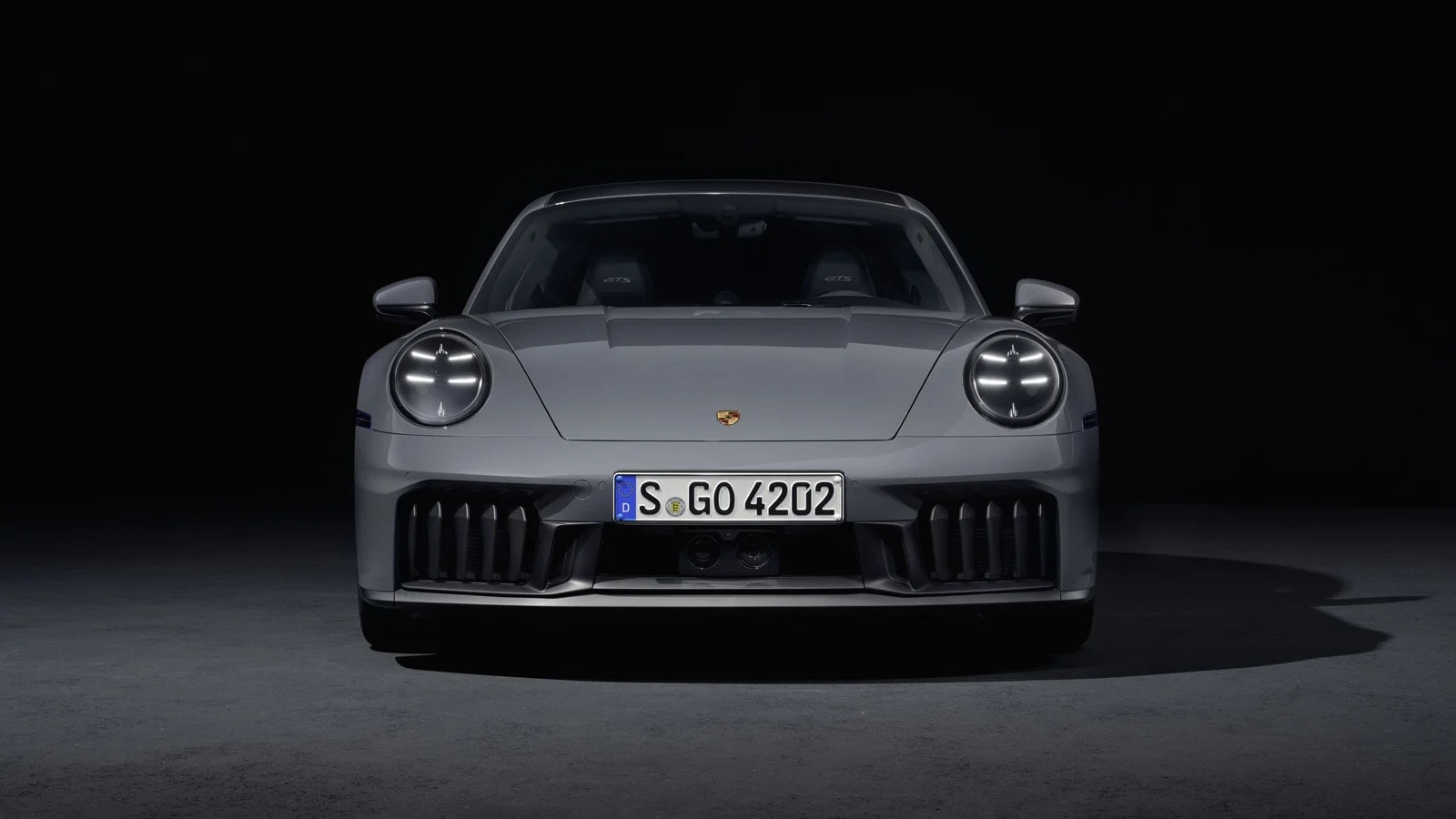
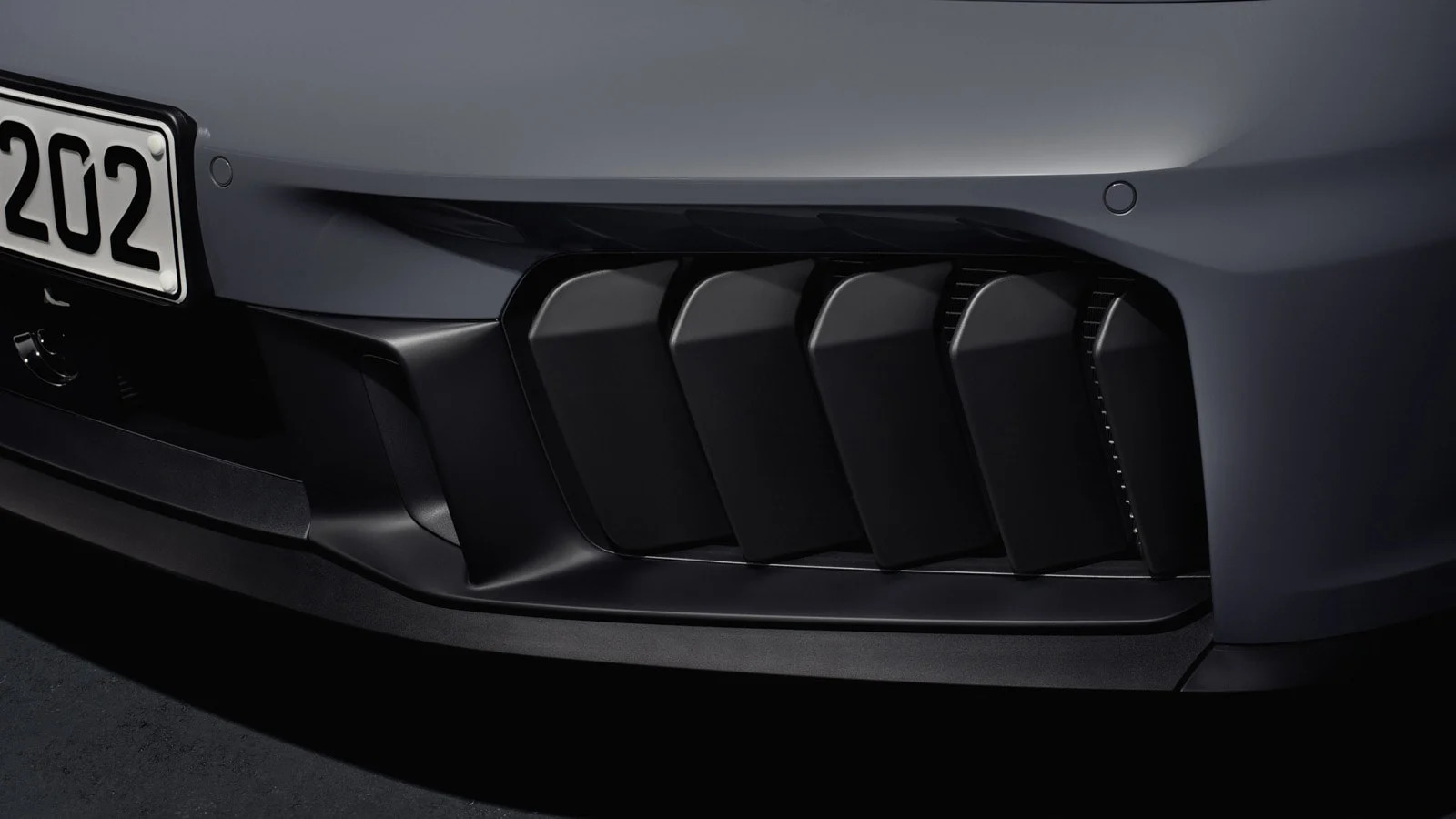
Total weight, by the way, goes up by 50 kilograms, or 110 pounds. There’s an asterisk to that, however. The 911 no longer includes the back seat as standard equipment, a decision pretty much driven to easily keep the official weight gain right at the 50 kg mark. Because that matters, apparently. Should you want the back seat, it’s the rare Porsche option that costs $0. To be clear, this goes for the base Carrera as well.
Other GTS enhancements include the addition of rear-axle steering as standard equipment, plus the optional PDCC roll-stabilization system integrated into the T-Hybrid’s high voltage system. The resulting electro-hydraulic system is more flexible and precise, according to Porsche.
Now, just in case you couldn’t tell, there were visual changes made for the 992.2. I go over them more in depth in the video above, but the biggest change for the 911 Carrera is the integration of the old LED turn signal lights into the headlight cluster, therefore creating space for enlarged air intakes. Doing so was more important for the GTS, however, since those intakes are stuffed with can’t-miss-them active shutters that optimize aerodynamics and cooling. There’s an additional hidden flap behind them, plus adaptive diffusers in the underbody. The little box with two round bits between the active shutters houses sensors for the driver assistance systems, if so equipped. They are not tiny missile launchers, as I hoped.
At the rear, the bumper sees the license plate migrate upward so that Porsche doesn’t need to build two entirely different bumpers based on the exhaust type below. The location of those exhausts, including those for the Carrera’s optional Sport Exhaust and the GTS-specific Sport Exhaust, have also moved around a bit. For example, they’re more inboard on the GTS.
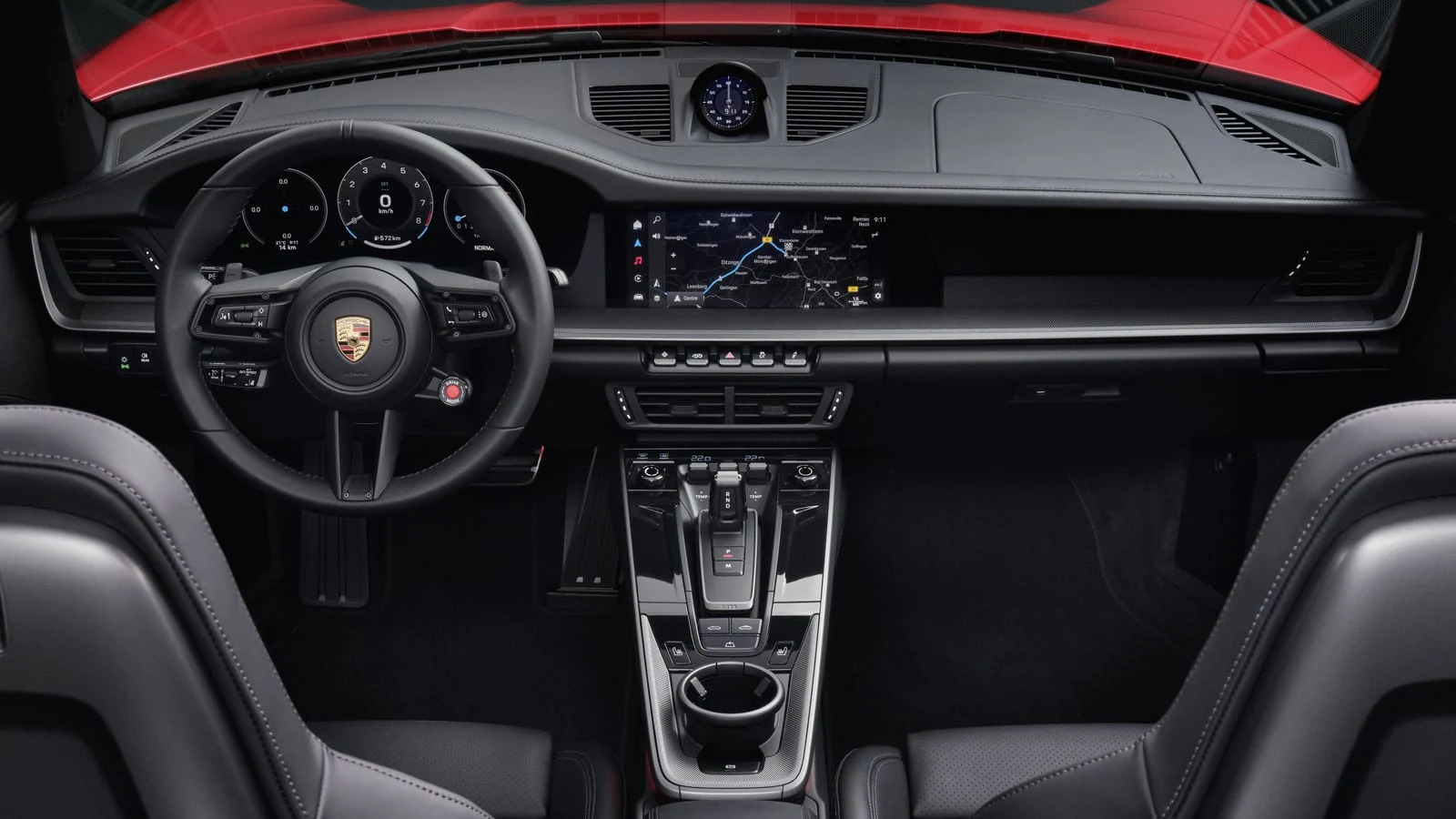
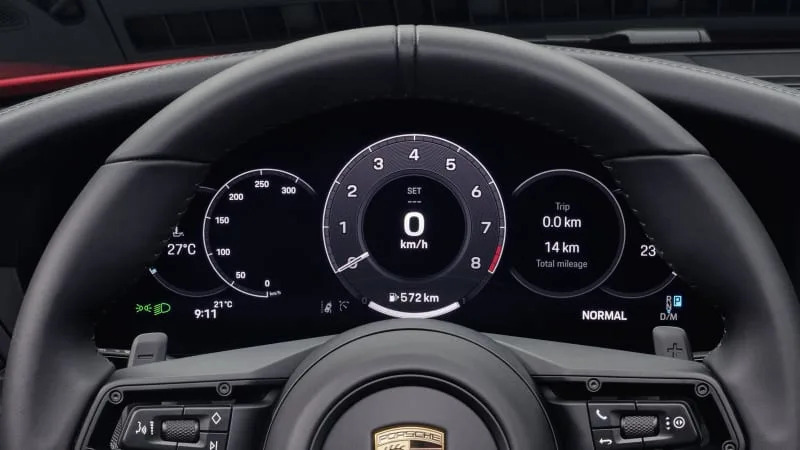
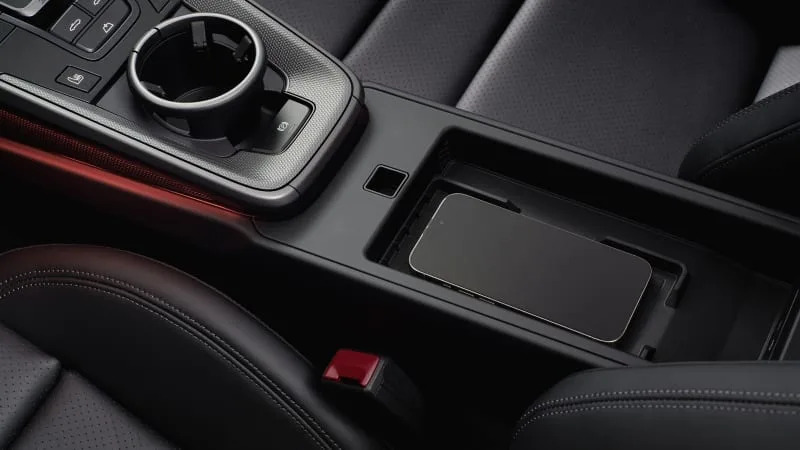
The interior sees the latest Porsche infotainment touchscreen added, plus the first fully digital instrument panel put into a 911. It’s standard, and the curved 12.6-inch display goes without a cowl as in other Porsches. The available gauge layouts are different, however, with the classic five-gauge design offering different (more useful) information than what you’ll find in a 2024 Cayenne or 2025 Panamera. Specifically, you won’t find a G meter and exact tire pressure readout permanently displayed.
Other interior changes include a cooled wireless smartphone charging pad under the armrest, the steering wheel drive mode dial made standard, and a redesigned cruise control stalk. Also, for the first time, the 911 gets a start button, but it’s still located left of the steering wheel.
Pricing for the 2025 Porsche 911 Carrera Coupe starts at $122,095, including the $1,995 destination charge. That would be $9,345 more than the 2024 Carrera, though we don’t have a precise feature content list yet to know how much extra stuff you’ll be getting. The Carrera GTS Coupe now starts at $166,895, or $14,345 more than its non-hybrid predecessor. Although we only know pricing for the Coupes, other variants arriving at dealers this fall and into winter will be the Carrera Cabriolet convertible, all-wheel-drive Carrera 4 GTS and Targa GTS that remains all-wheel-drive only. You can expect the typical cadence of additional 992.2 models in the subsequent months and years.




